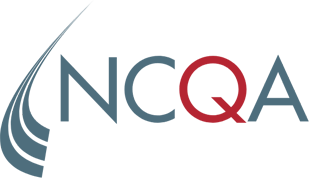A physician organization (PO) may select three definitions to use in determining the denominator for the MUHIT measures: the definition of “primary care practitioner,” or the CMS definition of “eligible professional” for Medicare or the CMS definition of “eligible professional” for Medicaid. All three definitions include physicians.
If a PO uses the “primary care practitioner” definition, it must include all physicians who are considered PCPs and are serving the commercial HMO/POS population. Because pediatricians serve as PCPs for children, they are included.
If a PO uses the CMS “eligible professional” definitions, all physicians serving the commercial HMO/POS population must be included. Because the focus of P4P is the commercial population, physicians are not required to have attested to CMS or the state for MU, to be included.
This applies to the following Programs and Years:
IHA P4P

